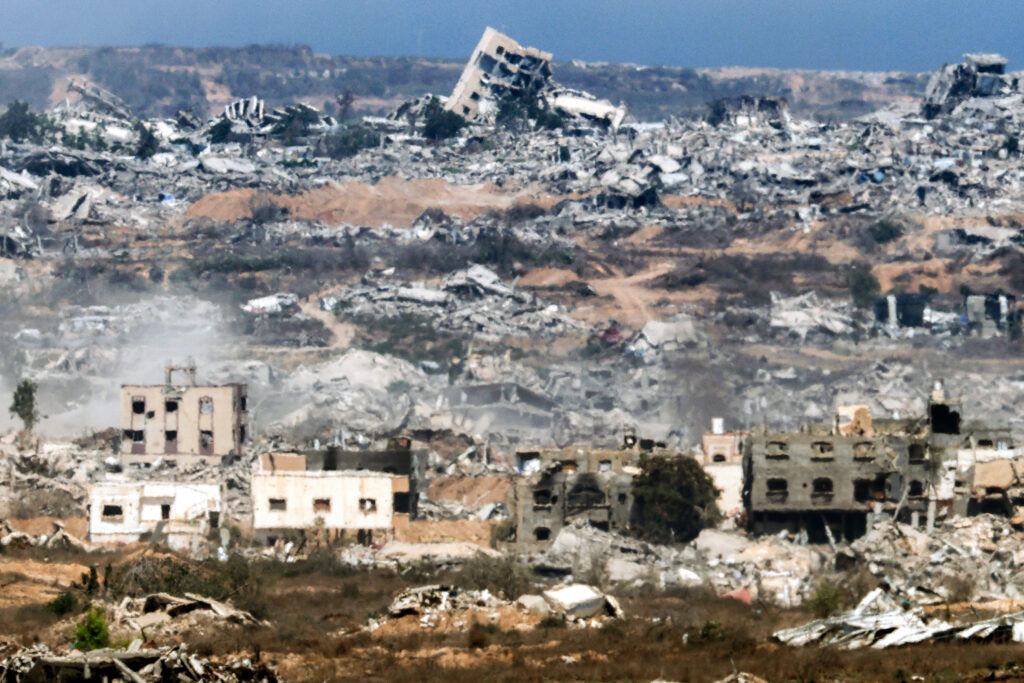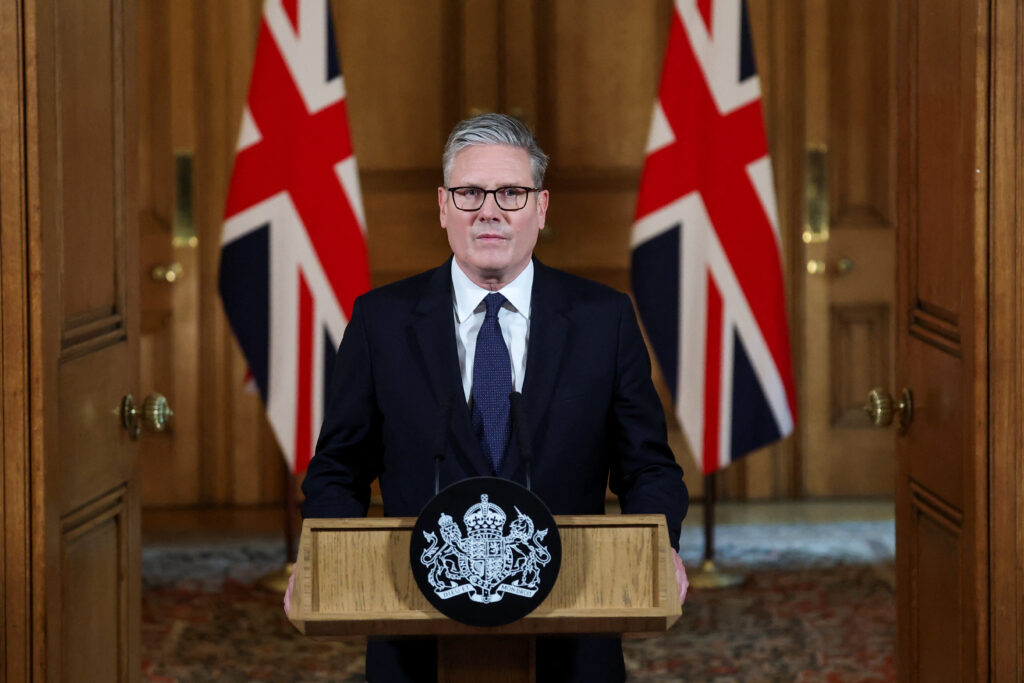Trump aura le dernier mot sur une trêve commerciale avec la Chine, affirment les Américains à Stockholm
Pékin et Washington se sont félicités mardi de discussions “constructives” après deux jours de négociations commerciales à Stockholm, mais c’est Donald Trump qui aura le dernier mot sur l’extension de la trêve sur les taxes douanières entre les deux pays, ont insisté les Américains.”Rien n’est encore décidé jusqu’à ce que nous parlions au président Trump”, a affirmé le secrétaire au Trésor Scott Bessent lors d’une conférence de presse. Il a précisé que lui et le représentant au Commerce Jamieson Greer, qui représentaient les Etats-Unis aux discussions de Stockholm, verraient Donald Trump mercredi pour en discuter avec lui.Le président aura “le dernier mot”, a insisté Jamieson Greer devant les journalistes, précisant qu’une éventuelle nouvelle pause courrait sur 90 jours.Un peu plus tôt, le représentant au commerce international Li Chenggang, qui emmenait la délégation chinoise, avait indiqué que Washington et Pékin allaient “continuer à oeuvrer” en faveur d’une prolongation de la trêve commerciale, selon l’agence de presse officielle Xinhua.Les discussions dans la capitale suédoise visaient entre autres à prolonger la pause de 90 jours négociée en mai à Genève et courant jusqu’au 12 août, qui avait mis fin aux représailles des deux côtés du Pacifique à l’origine de surtaxes prohibitives.Cela avait permis de ramener les droits de douane sur les produits américains et chinois, respectivement à 125% et 145%, à un niveau plus modeste de 10% et 30%, qui viennent s’ajouter à ceux déjà existants sur un certain nombre de produits, avant le retour de Donald Trump à la Maison Blanche fin janvier.- “Constructives” -Les deux parties ont fait état de discussions “constructives” à Stockholm.Les Etats-Unis et la Chine ont échangé leurs points de vue sur les principales questions économiques et commerciales, et comptent maintenir une communication étroite, a déclaré Li Chenggang, cité par Xinhua. Les Américains ont précisé avoir, sans surprise, soulevé la question de l’achat par la Chine de larges volumes de pétrole russe et iranien. “Nous avons fait part de notre préoccupation”, a dit Scott Bessent.Les pourparlers en Suède ont eu lieu au début d’une semaine décisive pour la politique commerciale du président Donald Trump, les droits de douane appliqués à la plupart des principaux partenaires commerciaux des Etats-Unis devant connaître une brusque hausse le 1er août.Face à cette échéance imminente, plusieurs pays se précipitent pour conclure un accord avec Washington.Dimanche, Donald Trump et la présidente de la Commission européenne Ursula von der Leyen ont annoncé en Ecosse un accord commercial prévoyant que les produits européens exportés aux Etats-Unis soient taxés à 15%.Washington n’est pour l’heure parvenu à décrocher que cinq autres accords commerciaux – et plus souvent des déclarations d’intention que des accords formels.L’Indonésie, le Japon, les Philippines, le Royaume-Uni et le Vietnam ont jusqu’ici pu s’entendre avec les Etats-Unis et vu leurs droits de douane potentiels réduits, généralement entre 10% et 20% pour la plupart d’entre eux.Pour les autres pays, le 1er août devra bien marquer l’entrée en vigueur des surtaxes annoncées par Donald Trump.A ce jour, aucun accord durable sur le fond n’a été trouvé entre Pékin et Washington, mais des progrès ont été réalisés sur des sujets jugés essentiels de part et d’autre.Les Etats-Unis ont ainsi obtenu un relâchement des restrictions d’exportation des terres rares chinoises tandis que la Chine a vu son accès aux semi-conducteurs américains les plus performants être en partie rétabli.








